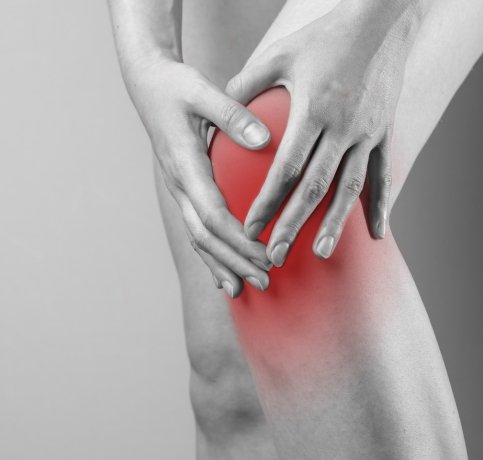Joint Replacement For Knee
Knee replacement, or knee arthroplasty, is a type of surgery in which a worn out or damaged knee joint is replaced with an artificial knee joint. This procedure is usually performed on patients with extreme stiffness in the knee, chronic pain, and limited mobility due to osteoarthritis, rheumatoid arthritis, post-traumatic arthritis, or knee trauma.
TYPES OF KNEE REPLACEMENT

Total Knee Replacement

Partial Knee Replacement

Kneecap (Patellofemoral) Replacement
Materials Used For Implants
1
Metal-on-Plastic
The femoral component is metal, the tibial component is plastic, most widely used type.
2
Ceramic-on-ceramic
A bone-sparing and wear-reducing option.
3
Metal-on-Metal
The shading of metal particles raises some concerns; this option is not used as often.
PROCEDURE
It can be done under general or spinal anaesthesia.
STEP-1
A surgeon makes an incision over the knee joint and removes damaged bone and cartilage.
STEP-2
Artificial implants can be firmly affixed with either bone cement or a press-fit technique.
STEP-3
Before stitching the cut, the incision's width, depth, and length are checked for proper movement and alignment.
